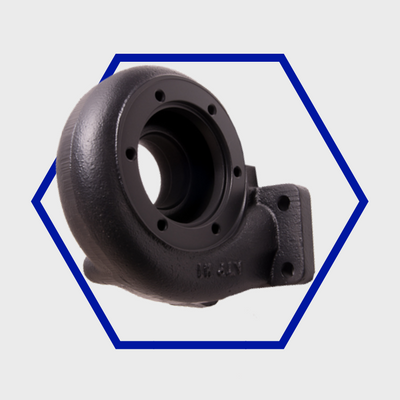You asked: Can You Refurbish Anodising?
Any component that is subject to wear and tear may encounter damage, as such it be may be desirable to repair and restore a part by replicating the original process, but is it possible to re-anodise a part?
What is Anodising?
Anodising is a process by which the naturally occurring thin oxide layer on the surface of a part is extensively increased by immersing the component in a solution of sulphuric acid and applying an electric current. It is used on components made of aluminium and catergorised as a conversion coating. During the anodising process a layer is built up both above and below the surface meaning that about half of the oxide layer actually sits below the surface. In most cases when refurbishing a coating, you must first strip the coating away, but will that strip the actual metal too?
Scratches and Pitting
Many people wrongly assume that plating/coating an item will fill in cracks in the same vein that you might fill in a wall crack with poly-filler. In reality most plating/coating processes will add an even layer onto a part. So where you have a dint in a piece rather than filling it in until it is the same height as the rest of the component, you will still have a dint, but with a layer on top of it. Any scratches or imperfections will likely be visible after anodising, in these cases you would have to first strip away existing material and then use mechanical finishing (grinding or polishing) in order to eliminate the scratches. After this you could re-anodise the part for protection. Similarly any pitting will likely still be a corrosion site.
Stripping
Stripping an anodised part will in fact remove the oxide layers that have formed both above and below the surface of your component. This means you will be stripping away a small amount of the original metal, and where tight tolerances are required this may not be desirable.
Re-anodising
After the component has been stripped it is possible to re-anodise. It’s important to remember that as a conversion coating that grows both above and below the surface that re-anodising will affect dimensional changes in your parts and therefore may not be appropriate where tight tolerances are required. Remember, you will have affected dimensional changes already by stripping away the oxide layer and now be anodising the part again, it will once again form a layer both above and below the surface. Re-anodising your part is possible and this will add a layer of protection, but depending on your application it be be better to use a different process such as selective powder coating.
Silchrome Plating offer sulphuric and hard anodising (but not applied through brush) and can support your business with a wide array of metal finishing processes. Silchrome are ISO 9001 AND 14001 certified and carry out all our processes in house at our production facility in Leeds.


.png)
.png)



